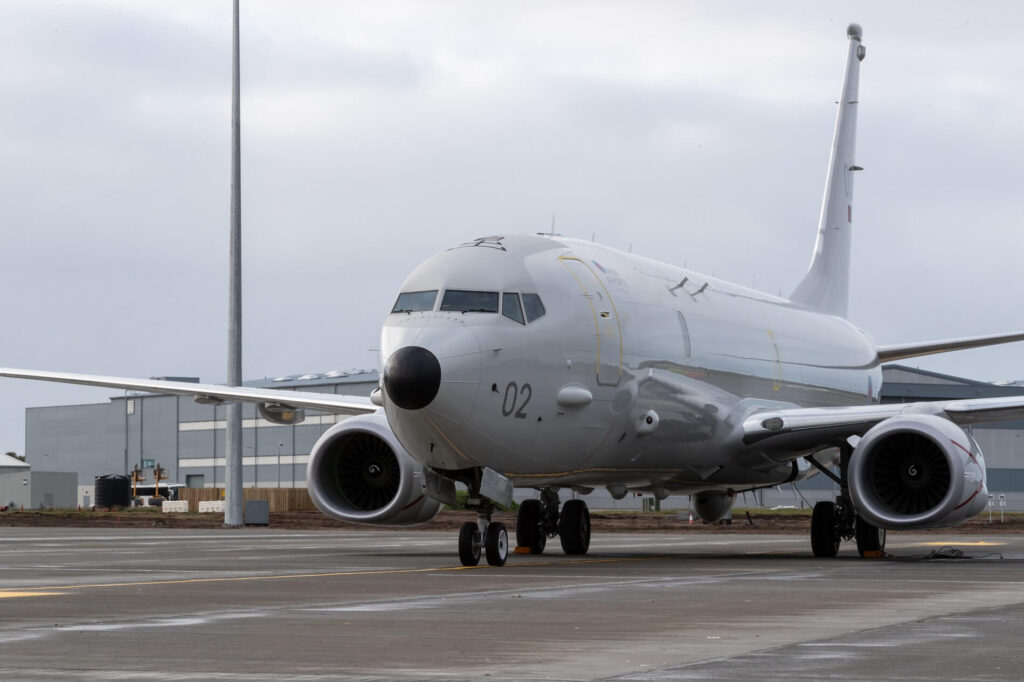After being temporarily based in Royal Air Force Station Kinloss, northern Scotland, the new-generation Boeing P-8A Poseidon maritime patrol and anti-submarine aircraft of the British RAF finally reached their ultimate residence in RAF Station Lossiemouth. The base has undergone structure renovation to accommodate the new submarine hunters.
Known as the Poseidon MRA (maritime, reconnaissance and attack) within the Royal Air Force, the first Boeing P-8A, tail number ZP801, was delivered on February 4, 2020. Out of the nine ordered, four Poseidons should be in service within the Royal Air Force by the end of 2020.
However, the RAF Lossiemouth where they were to be deployed had to undergo some change before the P-8As could be based there. Work included renovating the runway, a new Air Traffic Control Tower, accommodation for the additional personnel, and more.
The base already houses four squadrons of Eurofighter Typhoons. From July to October 2020, no fixed-wing aircraft were able to operate from the base as the “stripping, strengthening, and resurfacing all of the runways, taxiways and dispersals” took place, according to the RAF. Thus, the fighter jets dedicated to Quick Reaction Alert missions moved to Leuchars Station in Fife, on the eastern coast of Scotland, while training continued at Station Kinloss.
Kinloss is also where the Poseidon MRA were temporarily deployed. On August 7, 2020, a P-8A carried out its first mission from the base on the northern Scottish coast by monitoring a Russian warship cruising in the North Sea near the United Kingdom’s sovereign waters.
On October 13, 2020, RAF Lossiemouth was reopened to both its old and new aircraft. A first Poseidon MRA landed, marking the beginning of the base’s new mission as the center for the UK maritime patrol operations.
The P-8 Poseidon is a multi-role maritime patrol aircraft, equipped with a naval search radar for search and tracking capability. “It boasts a comprehensive communications suite which means the intelligence it gathers can be passed to commanders whether they are in the air, on a ship, on the ground, or back at RAF Lossiemouth,” says the air force.
Based on the fuselage of the Boeing 737-800, with the wings of the -900, it is powered by two CFM56-7B engines from CFM International, giving it a range of 5900 kilometers (3666 miles).
It can also be fitted, both internally and externally, with an array of armaments dedicated to submarine and anti-ship warfare, such as torpedoes, mines, depth charges, and anti-ship missiles.
